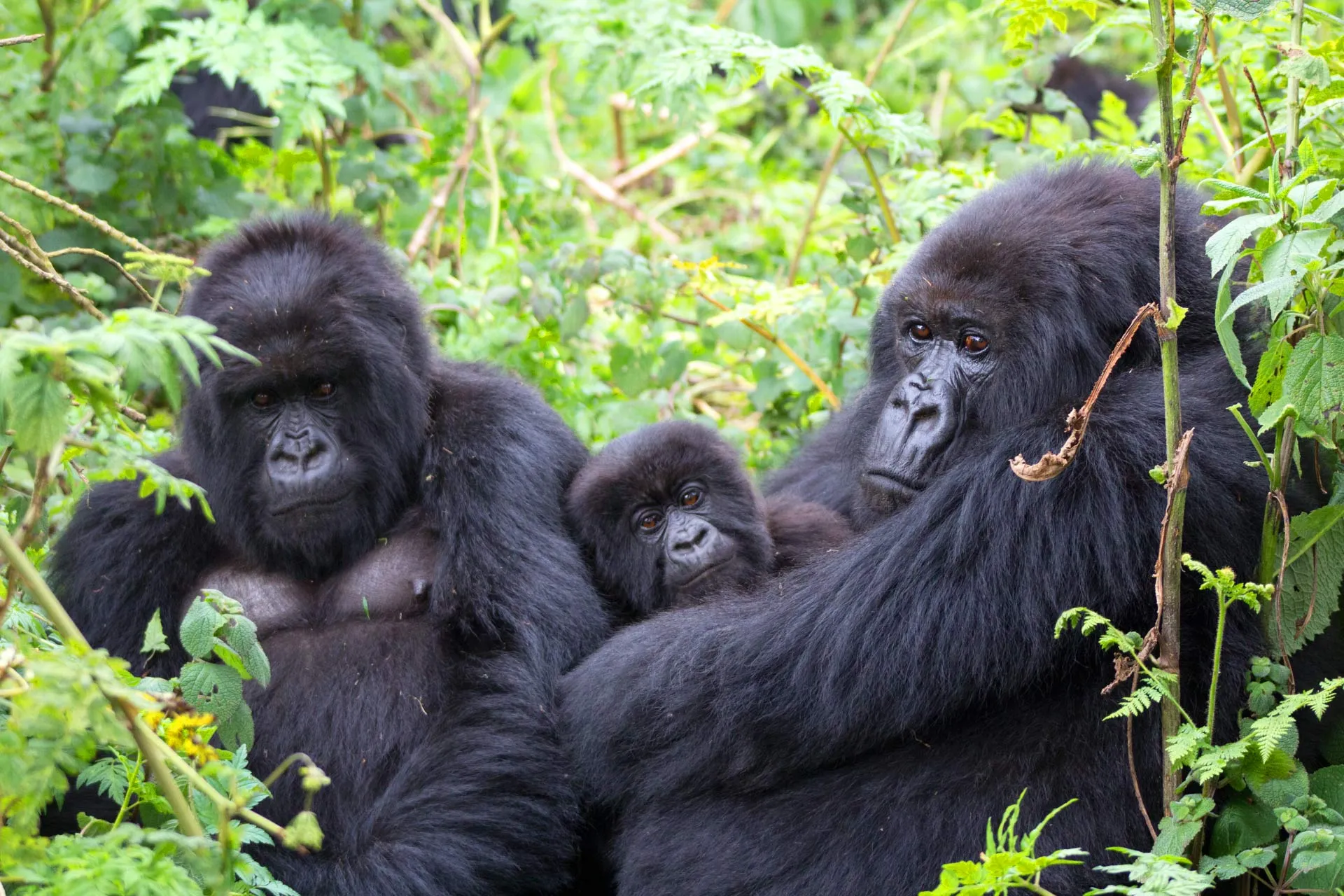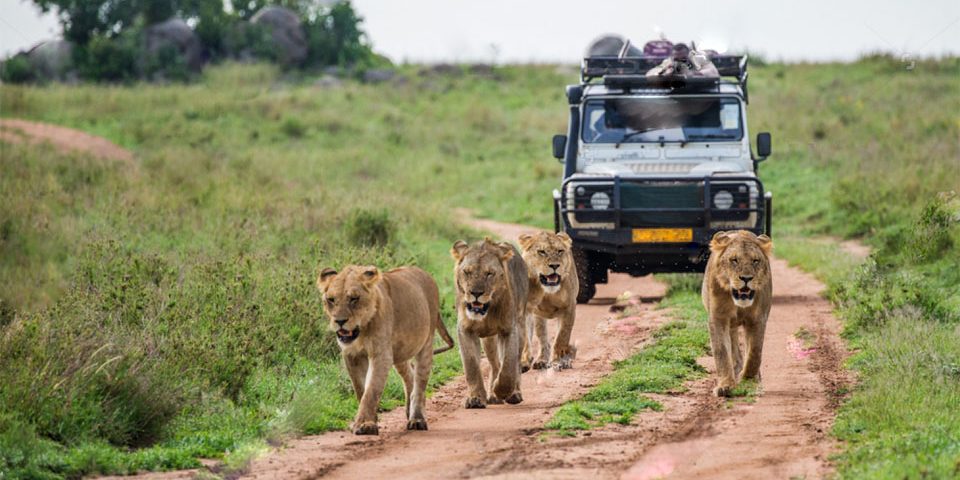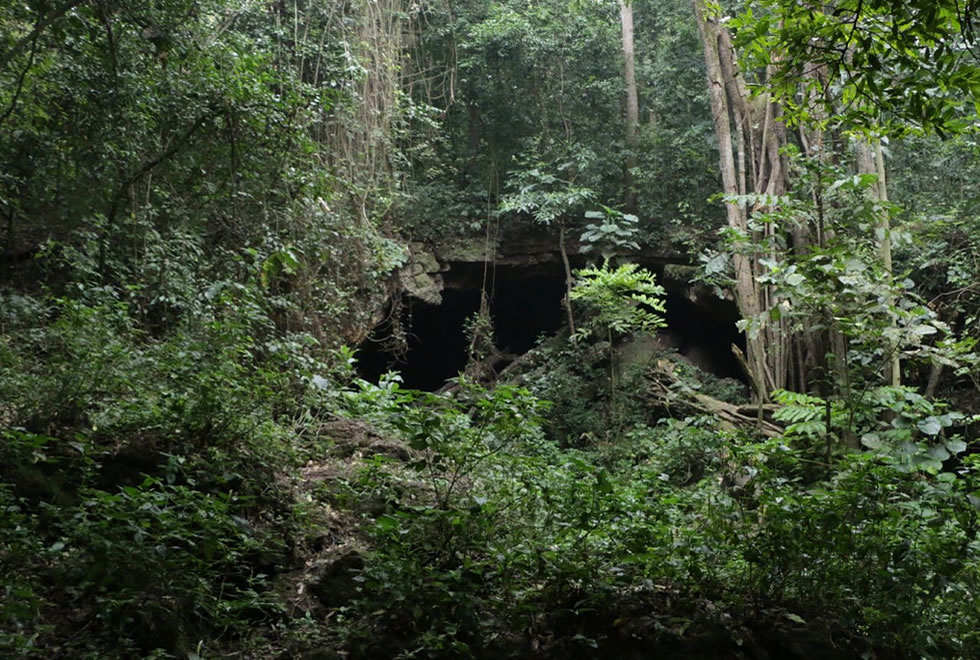
Maramagambo forest
Maramagambo forest.
Maramagambo forest is an impressing forest to explore on a Uganda safari, it is found in western Uganda in Bushenyi district in Uganda. It’s one of the biggest forests in East Africa and a component of Queen Elizabeth National Park. From an escapement at Kichwamba all the way to Lake Edward, the forest begins. The legend behind the name “Maramagambo” tells the tale of a group of young people who spent many days wandering in the wilderness. They were so traumatised and exhausted by the time they made it back to the hamlet that they were unable to talk for extended periods of time. Exploring the Maramagambo Forest consequently refers to someone who is speechless or more specifically “can’t speak”. Chimpanzees, elephants, bush pigs, pythons, bats, and the endangered Bates’s pygmy antelope may all be found in the Maramagambo forest. The forest offers rains to relate to human communities while its rivers offer water domestic water. In addition, the people who live close to the forest receive firewood, fruits, traditional medicine, lumber, and poles for building their homes. In addition to, Maramagambo, Uganda is endowed with other forests in Mabira, Budongo, Bwindi, Kibale and Busitema to mention but a few.

In the year 2008, the forest was in spotlight across the world due to a tourist from the Netherlands who was thought to have bought the Marburg virus from one of the bat caves in the forest. Even though this was an isolated incident that hasn’t happened in the past ten years, the bad publicity it generated may regrettably be deterring some tourists from visiting this amazing forest.
There are several millions of bats in this region and in other parts of Uganda. If they really carried the virus, Uganda would be fighting a devastating epidemic. My goal is to convey that the forest is really safe to visit on a Uganda safari and that people shouldn’t be deterred from doing so by rumours of a Marburg virus.
Activities to do in Maramagambo Forest.
Despite being blessed with great biodiversity, Maramagambo forest is one of the less visited safari attractions in Queen Elizabeth National Park. For chimpanzee trekking and nature tours, many people choose to visit the Kyambura Gorge, which is located nearer to the park headquarters. If you want to visit a forest with fewer visitors, Maramagambo Forest is a great option. In a period of time we believe government officials can find a way of habituating the chimpanzees in Maramagambo and open doors for more visitors. Let’s examine a few of the safari activities available in Maramagambo Forest.
Nature Walks.
Undoubtedly, one of Uganda’s greatest locations for nature walks is the Maramagambo Forest. You may spend two to six hours taking nature hikes. The half-day nature treks offer chances to discover stunning crater lakes and venture further into the forest. You may go on nature hikes in the Maramagambo forest. There are many routes leading to the caves in Maramagambo Forest, such as the river, palm, valley, and waterfall trails. Because the forest route is mostly level, it is appropriate for people who are not physically active enough to climb hills. The Palm Trail is well-known for the frame trees, whose leaves are believed to boost female libido. The river tail continues up to the River Kajojo. You can reach the stunning Kilyantama waterfalls by hiking the waterfall route.
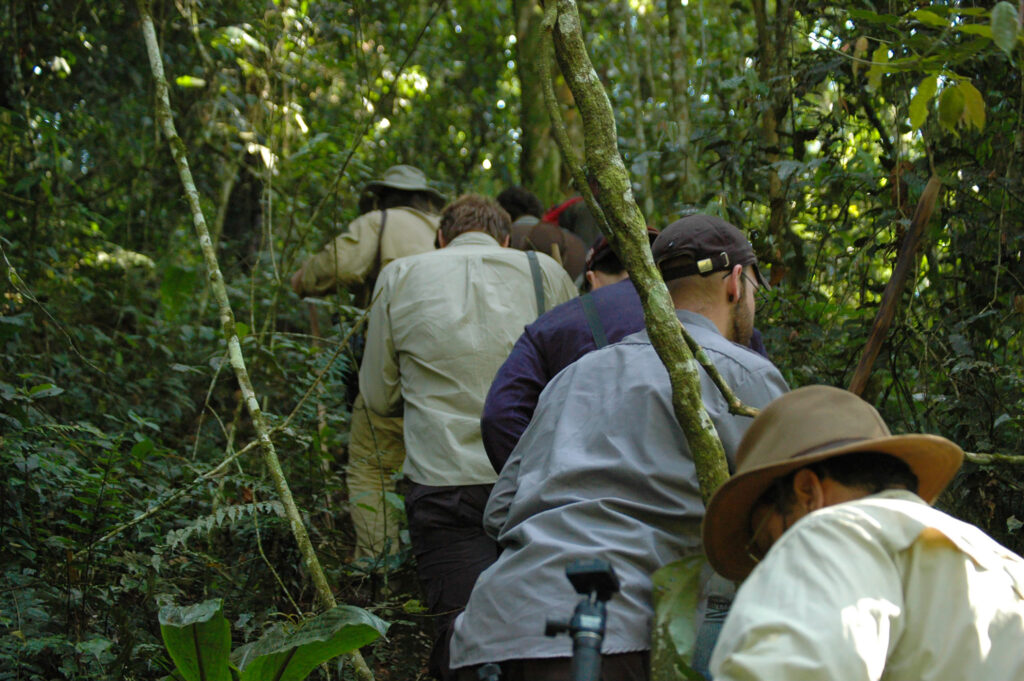
Whichever track you choose, you will undoubtedly go through a lush forest that is quite diverse. Be cautious when crossing the pathways to avoid encountering soldier ants. These ants align themselves into broad columns that extend up to 100 metres. A handful of them would have gotten into your garments by the time you discover them. Although it hurts, their bite is not harmful. Put on long shirts and pants to stay away from these ants. Kyasanduka and Nyamasingiri, the two crater lakes that abut the forest, should be visited to round off the nature tours. You can spend time astonished at the scenery around the lakes or go for Kayaking/canoeing.
Vervet monkeys, Colobus monkeys, L’Hoest’s monkeys, Blue monkeys, Baboons, Red-tailed monkeys, and chimpanzees live in the Maramagambo jungle. During night treks, nocturnal primates such as Pottos and Bush infants may also be heard sighing. Because they are not habituated, the chimpanzees in Maramagambo Forest are not accessible to tourists. I guess the big dimensions of the forest would make chimpanzee trekking unsuitable on a daily basis. Since they are highly mobile, chimpanzees can’t stay still for very long. It would mean attempting to pursue them into this enormous jungle with little likelihood of success. On the nature trails, though, guests regularly see the chimpanzees.
Birdwatching.
Uganda is one of the world’s best birding locations because of the sheer number and diversity of species that can be discovered in the Maramagambo forest. The White Naped Pigeon, Forest Flycatchers, and Rwenzori Turaco are the main draws of Maramagambo Forest. African green pigeon, black-headed batis, fawn-breasted wax-bill, red-tailed bristle bill, Ross’s turaco, sulphur-breasted bush shrike, and white-naped pigeons are among the other species.
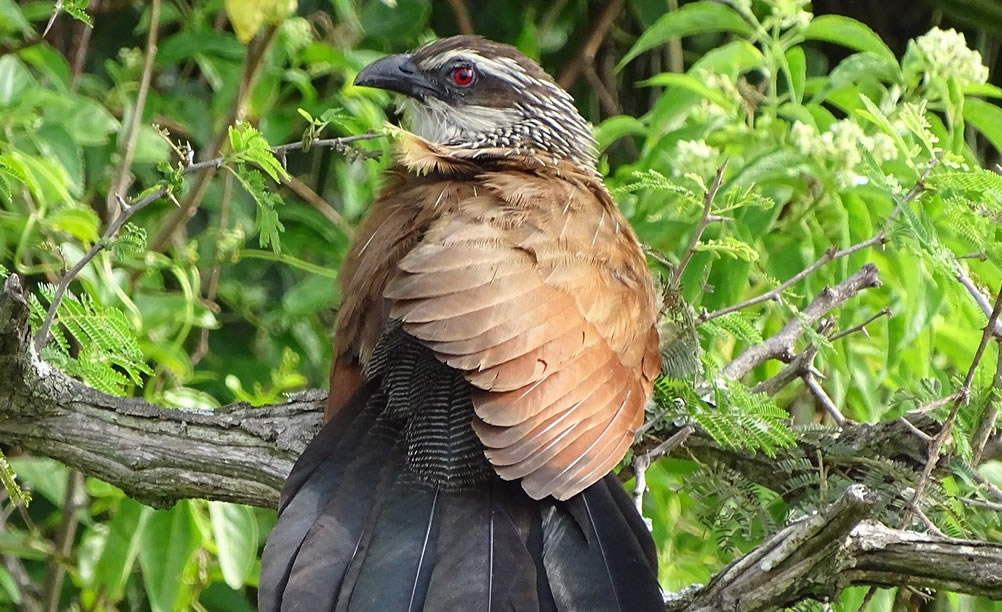
Visiting bat caves.
Millions of bats call various caverns in the Maramagambo jungle home. Due to the unfavorable media attention during the 2008 Marburg Virus outbreak, the nature reserve was compelled to collaborate with the American Centre for Disease Control in order to construct a secure viewing area. Guests may really see African rock pythons eating the bats from the observation platform. It is forbidden and still regarded as dangerous for tourists to approach the bat caves too closely because of the possibility of contracting the Marburg virus.
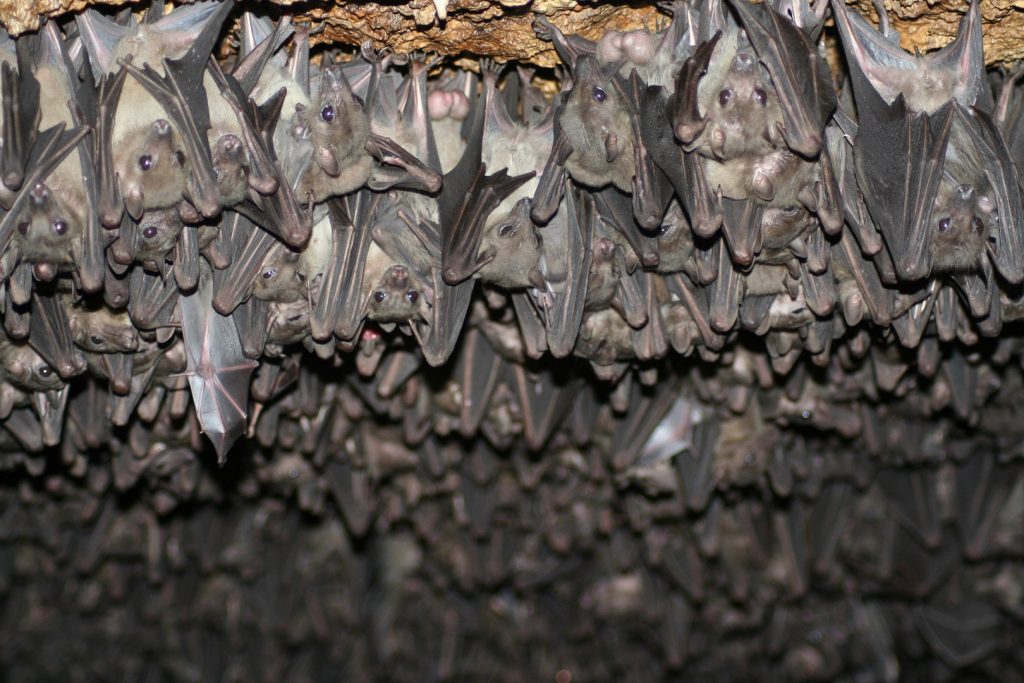
Cultural Encounters.
In addition to the observation platform and bat caves, Maramagambo Forest tourists may have a cultural safari experience by visiting a historic cave near Nyanziibiri. Prominent individuals go to the cave in the hopes of being shielded from bad luck and other life tragedies Visit Maramagambo park. In the 1970s and 1980s, when Uganda was home to totalitarian regimes, fugitives sought refuge in the cave and its hidden position. The Banyaruguru hut, which lies next to the cave, is home to exquisite artefacts that portray the lifestyle of the community’s forefathers.
Forest research and conservation.
One can visit the tourist information centre to find out more about the efforts being made to preserve the forest after finishing the nature walks and other forest activities. It should be possible for park personnel to provide information about their jobs and the ongoing studies being conducted in the forest.
Wildlife encounters in Queen Elizabeth National Park.
Maramagambo Forest is a component of Queen Elizabeth National Park, as was previously mentioned. In other words, having had enough of what the forest While exploring what Maramagambo Forest has to offer, guests may take game drives in Queen Elizabeth National Park’s Kasenyi and Ishasha sectors to see lions that climb trees, buffaloes, hyenas, warthogs, elephants, and many other well-known African wildlife. One of the finest ways to see animals when visiting Africa is to take a boat tour through Kazinga Channel. Additionally, you may choose for the more structured chimpanzee trekking safari at the Kyambura Gorge if you haven’t spotted the chimps at Maramagambo. There is a lot that Queen Elizabeth National Park has to offer. It makes sense that this is Uganda’s most popular national park.
The best time to visit Maramagambo forest.
Maramagambo forest is accessible to visitors all through the year. The best times to see chimpanzees and other primates are in the months of June through September and December through February. The next months are wet season months, which can make forest routes muddy or treacherous.
For those who enjoy birdwatching, nevertheless, these wet months are perfect. The sounds of migratory and resident birds fill the forests throughout this nesting season. Fresh fruits and food for birds and other forest critters abound in the forests this time of year. There aren’t many people in the forest, so you may explore it in complete solitude, something you can’t do in large groups.
How to get to Maramagambo forest.
It takes about 6 hours of driving to reach Maramagambo forest from Kampala. The majority of people that visit Maramagambo Forest book their vacation through tour operators. They arrive in Uganda without having to worry about figuring out how to go to the jungle or adjusting to a new way of doing things through using a tour operator. Tour operators may schedule for the transportation, accommodation and all permits required for your activities. Tour operators will allocate a Guide who is savvy about the area and is known to park authorities.
Visitors who are already at the park can start their journey from the park gate in Mweya all the way up to the forest which is 22 kilometers away. Those who may find the road trip tedious and exhausting can book a chartered flight from Entebbe International Airport or Kajjansi airstrip in Kampala to Mweya Airstrip in Queen Elizabeth National Park.

